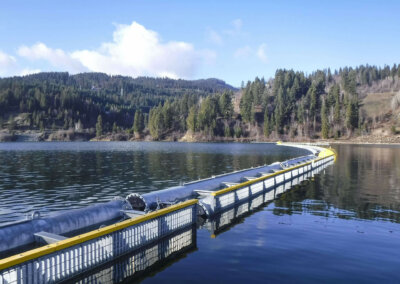About the Project
In 2017, BC Hydro launched an initiative to replace aging timber debris booms at their hydropower facilities. These booms are a fundamental part of BC Hydro’s dam safety program; however, their short lifespan, the reduced availability and increased cost of suitable logs, and the absence of public safety features, has made them unsustainable.
Klohn Crippen Berger and Hatch (KCB+H) was contracted by BC Hydro to develop a new boom design which would address the shortcomings of the traditional log boom design. KCB+H assembled a multidisciplinary team of hydrotechnical, geotechnical and structural engineers to develop an innovative design to meet BC Hydro’s needs.
The KCB+H team investigated various boom designs, materials, and arrangements, and evaluated the design and performance of existing booms domestically and overseas. One example they evaluated was a welded steel double pontoon boom in use at the Clyde Dam in New Zealand, owned by Contact Energy. Using this design inspiration, combined with their thorough research and investigation, the team developed a steel double-pontoon catamaran-style boom – the first of its kind in British Columbia.
The innovative design presents many advantages over traditional log booms, including:
- Superior debris capture capability
- Improved durability and 50-year design life
- Enhanced public safety features
The first prototype of the catamaran-style boom was fabricated and installed upstream of the power canal at Kootenay Canal Generating Station (KCGS) near Castlegar, BC. BC Hydro’s plant staff noted decreased debris in the plant’s headpond, indicating improved debris capture performance, and provided positive feedback on the boom’s performance.
Following the success of the first installation, a second boom was designed, fabricated, and installed upstream of the Seven Mile Dam near Trail, BC. Due to the collaborative efforts from all parties involved, both booms were successfully installed within budget and on schedule.
Approach
The final design of the Seven Mile boom was a catamaran-style, five-span, cross-lake arrangement. Two types of boom segments were installed to accommodate the variance in lake water level. The shore anchors of the existing boom were re-used. Concrete gravity anchors were chosen for the instream, submerged anchors due to their simplicity, customization and reliable performance in seismic conditions.
The design featured:
- Foam-filled pontoons to prevent loss of buoyancy if leaks occurred
- An upstream grated steel skirt, to improve freeboard and debris capture
- Yellow ultra-high molecular weight rub strips strategically located on the boom segments to prevent wear on maintenance equipment and to serve as a visual public safety measure
- A continuous wire rope as main tension member, elevated above lake water level for ease of inspection, and separate from the boom segments for redundancy in failure modes
Using divers to install the instream anchors in the deep reservoir was not a safe, or cost-effective option. We developed an innovative design and method for anchor installation using a quick-release mechanism, for automatic release of the anchor from the lowering line, once placed on the reservoir bottom. The anchors were placed using a crane, from a specially modified barge.
Ballast on the downstream pontoon ensured stability under all loading conditions. Multiple public safety measures were incorporated into the design, including visible safety strips, signage and lights.
Results
The purpose of the project was to develop a multi-purpose boom to replace aging log booms on BC Hydro’s reservoirs, while improving dam and public safety. KCB+H, in collaboration with BC Hydro, produced a design that combined the best practices in boom design with specific features to suit BC Hydro’s requirements. The result is an innovative “catamaran-style” steel boom, the first of its kind in BC, which provides superior functionality over traditional designs.
Service(s) Provided
Site investigations and boom alignment
Determination of loads
Selection of boom type and material
Design of boom pontoons, anchors and tension elements
Construction monitoring
Completion documentation
Project Team (Contractors)
Pacific Industrial Marine
BC Hydro Construction Services
Go back to projects in
View other projects from
Stay in touch with us
Subscribe to our mailing list!
Organization
Connect






